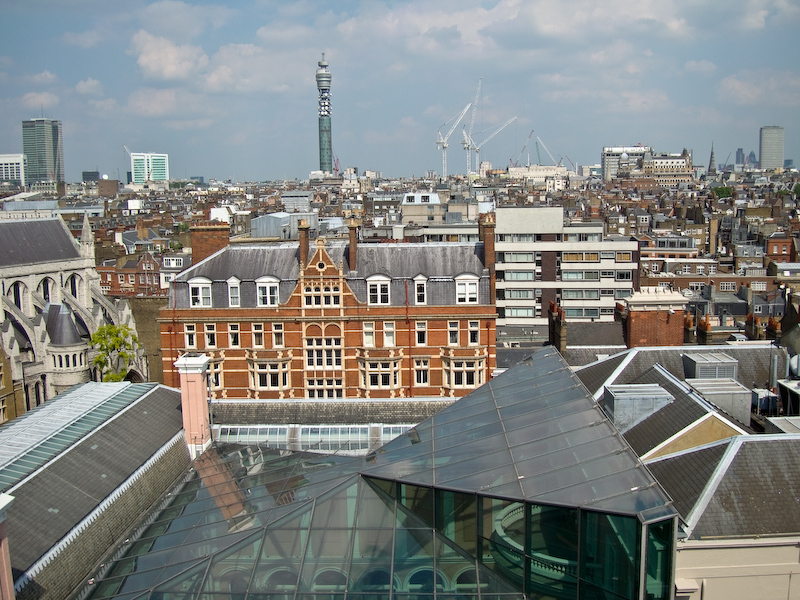Tim Ashley
Moderator
Following Michael Reichmann's recommendation of the Sony DCS W300 over at Luminous Landscape, I picked one up today (cheap, too, at about £220) and added it to my unsatisfying stable of carry-everywhere cameras. Currently that's a Ricoh GRDII and a Sigma DP1, plus a Panny LX2 that lives on a shelf.
The Sony is REALLY not my sort of thing. It has smile recognition. It doesn't do RAW. There is (gasp) no aperture priority mode. It has a tiny sensor but packs 13.6 million pixels. All of the above says it must be a dud. But Michael says it's a revelation so I thought I'd give it a go and take it back if it was cruddy.
Follows unscientific shots taken this afternoon. No tripod, only the vaguest attempt at consistency because I was just fiddling about and now don't have the time to do it again to test standards but nonethless, all shots at base ISO and sort of mid apertures and kind of fast enough speeds to avoid motion blur and vaguely fairly developed in Lightroom. Focal lengths were similar but not the same (35mm efov for the Sony and the Leica M8 and 28mm efov on the Ricoh and Sigma, with the Sigma processed to 'double' in Siggy Soft) but the pixel counts and aspect ratios all differ. So shoot me for not being DP review. But this camera is really, really good.
The full scene on the Sony follows in the next post.
For now, 100% crops in order of quality as it appears to me:
Ricoh:

Sigma:
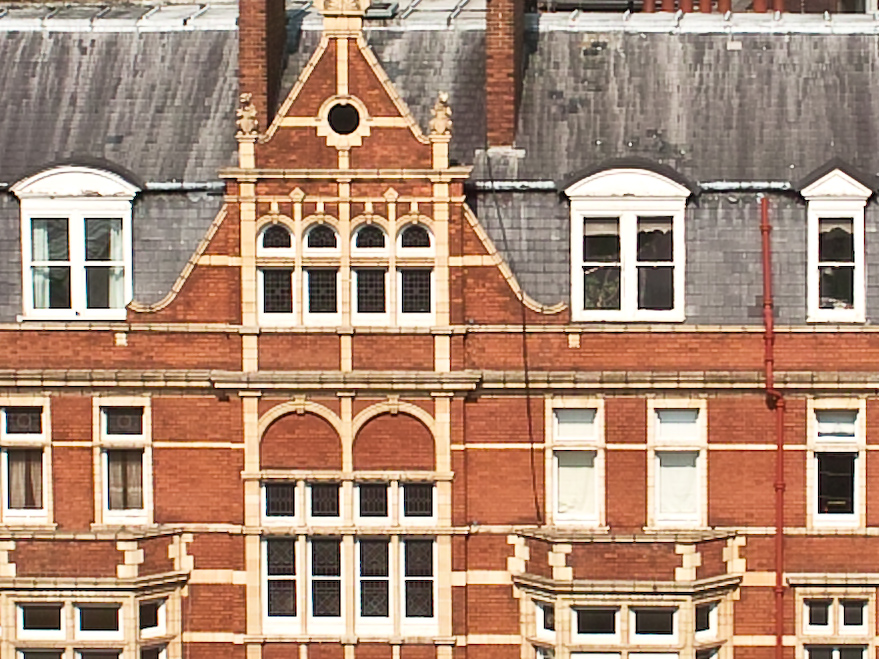
Sony:
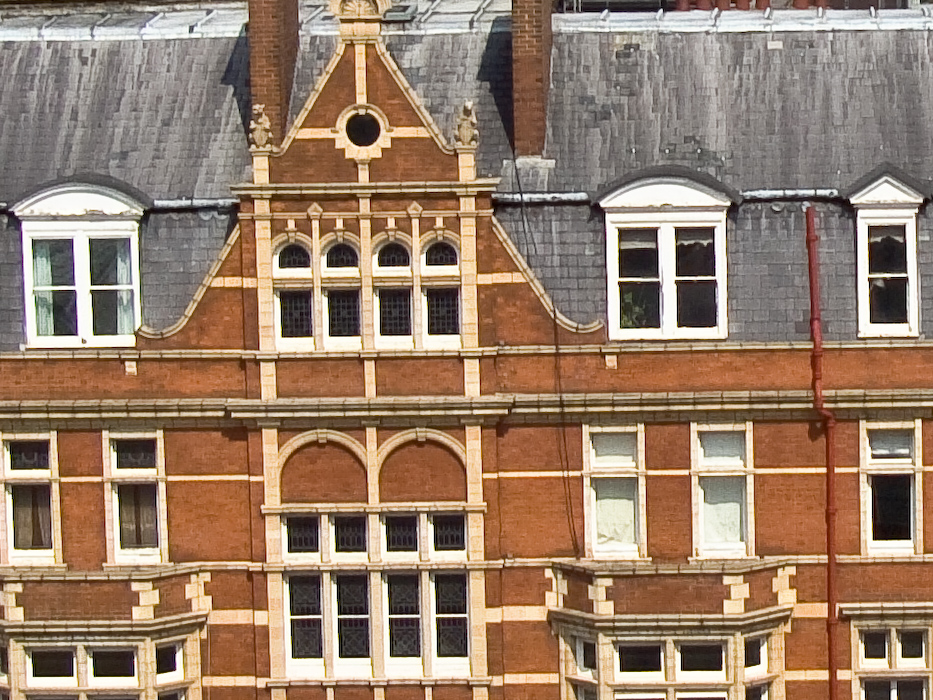
Leica M8:
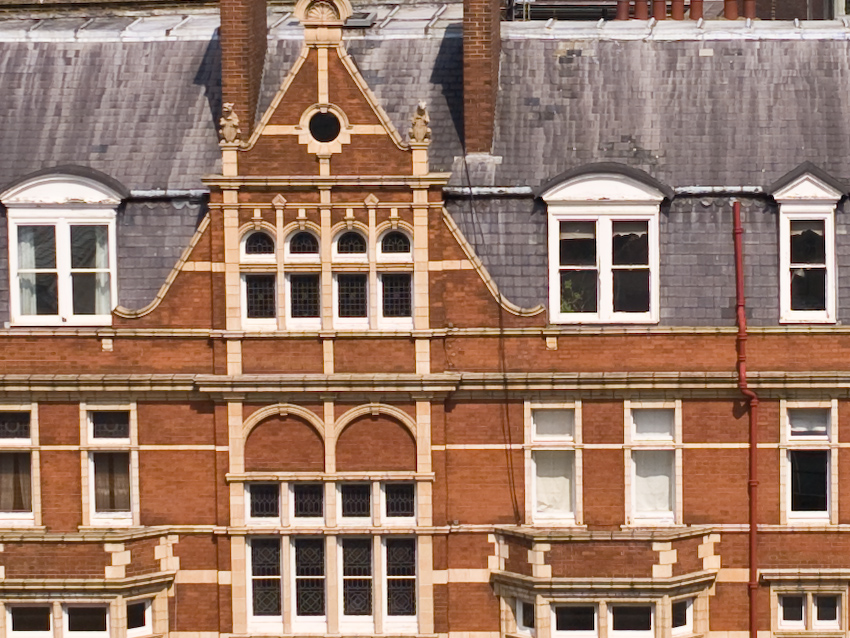
This may not be scientific and I may not yet have used the Sony at higher ISO etc (Luminous Landscape has some interesting comparisons though) but I do think the files are better here than the Ricoh, probably than the Sigma. I also think that the camera, though ergonomically limited, is better suited in this respect to the job of spontaneous carry around than is the Sigma. And it has a 35-105 EFOV zoom and image stabilisation to sort of apologise for no RAW...
I sooo know I'll get shot now!

Tim
The Sony is REALLY not my sort of thing. It has smile recognition. It doesn't do RAW. There is (gasp) no aperture priority mode. It has a tiny sensor but packs 13.6 million pixels. All of the above says it must be a dud. But Michael says it's a revelation so I thought I'd give it a go and take it back if it was cruddy.
Follows unscientific shots taken this afternoon. No tripod, only the vaguest attempt at consistency because I was just fiddling about and now don't have the time to do it again to test standards but nonethless, all shots at base ISO and sort of mid apertures and kind of fast enough speeds to avoid motion blur and vaguely fairly developed in Lightroom. Focal lengths were similar but not the same (35mm efov for the Sony and the Leica M8 and 28mm efov on the Ricoh and Sigma, with the Sigma processed to 'double' in Siggy Soft) but the pixel counts and aspect ratios all differ. So shoot me for not being DP review. But this camera is really, really good.
The full scene on the Sony follows in the next post.
For now, 100% crops in order of quality as it appears to me:
Ricoh:

Sigma:

Sony:

Leica M8:

This may not be scientific and I may not yet have used the Sony at higher ISO etc (Luminous Landscape has some interesting comparisons though) but I do think the files are better here than the Ricoh, probably than the Sigma. I also think that the camera, though ergonomically limited, is better suited in this respect to the job of spontaneous carry around than is the Sigma. And it has a 35-105 EFOV zoom and image stabilisation to sort of apologise for no RAW...
I sooo know I'll get shot now!
Tim

